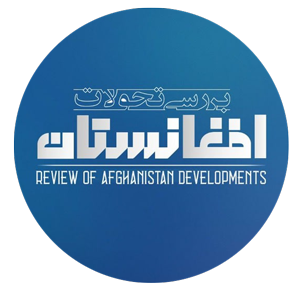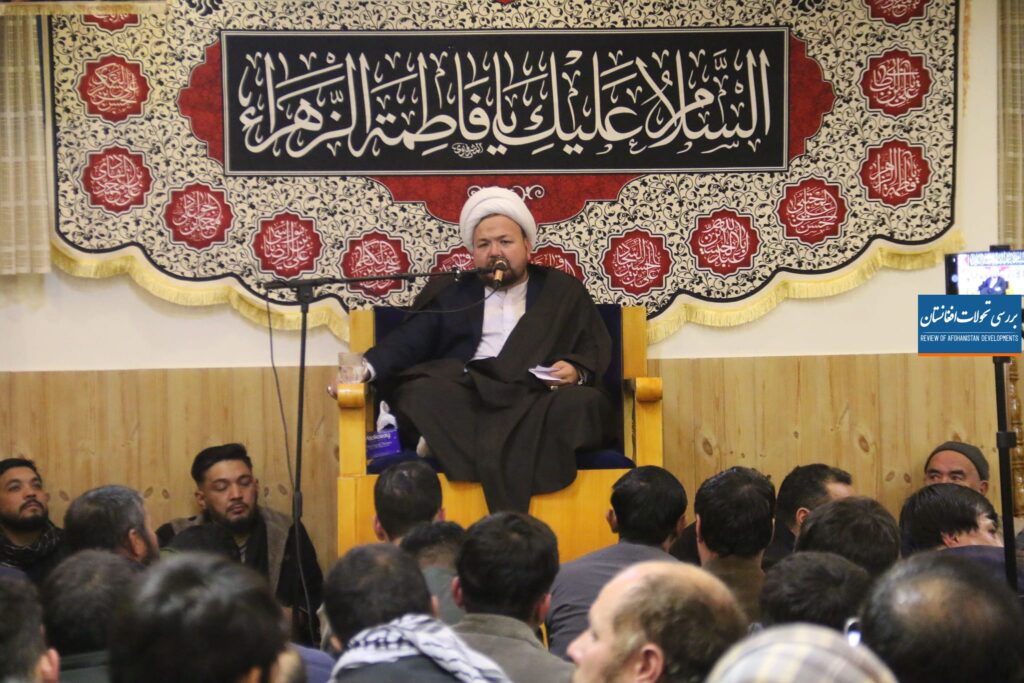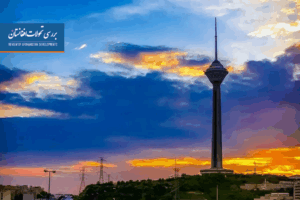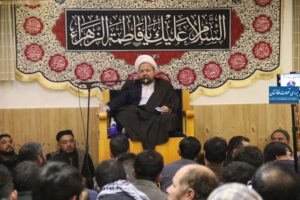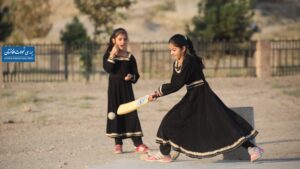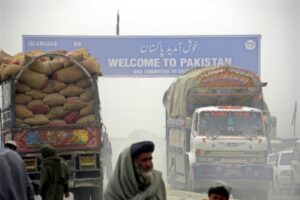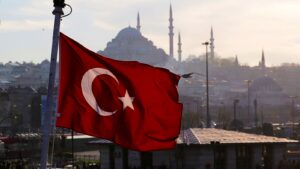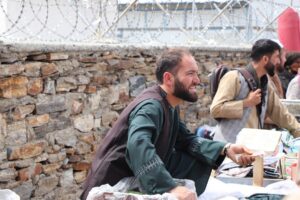Review of Afghanistan developments
During the Fatimid Days, mourning ceremonies for Lady Fatima were conducted to honor the esteemed position of Lady Fatima Zahra (AS), the revered woman of Islam. These Fatimid events took place across numerous locations in Afghanistan, characterized by significant grandeur and a substantial turnout of attendees. In many cities and regions throughout the country, mosques, religious institutions, and private residences became venues for mourners who gathered to preserve the memory and legacy of the beloved daughter of the Prophet of Islam (PBUH).
Emphasis on order, spirituality and unity in Mourning ceremonies for Lady Fatima
This year, the mourning ceremonies for Lady Fatima took place in a spiritual environment, marked by a notable sense of unity within the Shia community. The Afghan Shia High Commission, the Shia Ulema Council, along with several religious and cultural organizations, conducted briefing sessions and released statements and messages that underscored the importance of commemorating the mourning ceremonies for Lady Fatima with respect and adhering to the principles of unity and coexistence.
These organizations urged preachers, ceremony organizers, and mourners to uphold the sanctity of these days and avoid discussing sensitive subjects that could adversely impact the social environment. They highlighted that the primary objective of the mourning ceremonies for Lady Fatima is to perpetuate the message of pursuing justice, the spiritual significance, and the moral integrity of Lady Zahra (AS); thus, it is crucial to focus on speeches that are moral, historical, and promote unity.
Large attendance at Mourning ceremonies for Lady Fatima
In Kabul, Mazar-e-Sharif, Herat, Bamyan, Daikundi, and various other regions with Shia communities, events were conducted in a systematic and classified fashion.
Husseiniyas and mosques created a designated area to receive the mourners of the Mourning ceremonies for Lady Fatima by setting up mourning flags, suitable lighting, and reciting the Quran. Several families, as in years past, opened their homes to host intimate ceremonies, conducting simple receptions, prayer gatherings, and a prayer vigil attended by neighbors and relatives.
Certain ceremonies featured addresses from religious scholars who discussed the esteemed position of Lady Zahra (As), her contributions to fortifying the principles of Islam, her sacrifices in upholding guardianship, and her ethical teachings. Alongside these gatherings, there were also elegies, commemorations of tragedies, and chest-beating rituals. The involvement of adolescents and young individuals in the Mourning ceremonies for Lady Fatima was remarkable, with many of them willingly engaging in the organization of the events, hosting receptions, and collaborating with the event coordinators.
Social media atmosphere: a manifestation of public devotion
During this period, social media reflected the essence and fragrance of Fatimah. Users expressed their reverence for Hazrat Zahra (AS) by sharing messages of condolence, hadiths, narrations, and relevant images.
Additionally, certain religious and cultural pages offered unique programs, including online lectures, live broadcasts of ceremonies, and the dissemination of articles and analyses regarding the life of Hazrat Zahra (AS), all of which received a warm reception.
Conversely, social activists endeavored to emphasize the importance of unity and mutual respect by disseminating content for the occasion. Numerous users expressed the necessity of transcending religious differences, honoring one another’s rituals, and adhering to Islamic ethics throughout the Mourning ceremonies for Lady Fatima.
Emphasis on security and public order
According to public statements, the Mourning ceremonies for Lady Fatima this year was conducted in a relatively orderly manner, with no significant reports of disruption or insecurity. The collaboration between local organizers and mosque officials facilitated effective management of the entry and exit of mourners attending the Mourning ceremonies for Lady Fatima. In certain areas, youth volunteers were assigned the responsibility of directing and controlling the crowd.
The Shia Ulema Council, alongside providing religious guidance, underscored the importance of adhering to principles, maintaining social order, preventing the misuse of loudspeakers, and honoring the dignity of neighbors.
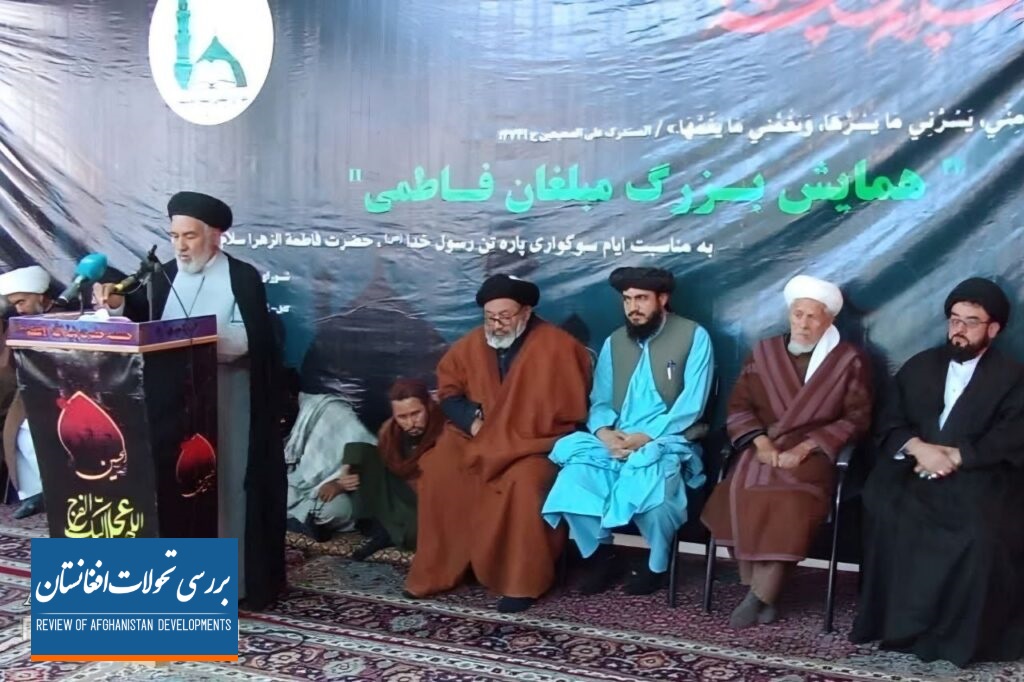
Afghanistan during Muharram 2025
The Arbaeen 2025 atmosphere in Afghanistan
The Mourning ceremonies for Lady Fatima held this year in Afghanistan demonstrated that the Shiite community of the country, in spite of the limitations and unique conditions, persists in commemorating the memory and name of Hazrat Fatima Zahra (AS) with notable enthusiasm and reverence.
The vibrant ambiance of the gatherings, the accountable participation of individuals, the focus of religious institutions on unity, and the extensive sharing of this ceremony on social media all illustrate the profound cultural and religious bond of the people with the life of the Ahlul Bayt (AS).
Follow us on social networks
